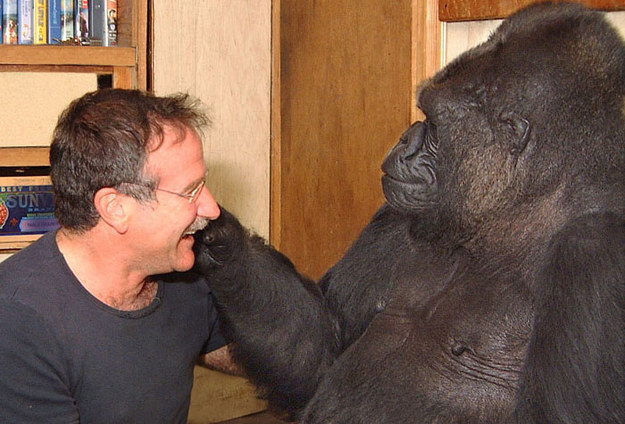Inspirational
Empathy is More Common in Animals Than Originally Thought

Researchers have been working on a brand new study based on prairie voles actually consoling their loved one who are feeling stressed, and based on the results of this study, it appears that the infamous “love hormone,” called oxytocin, is the underlying mechanism. Up until now, we have only been able to document the consolation behavior in a few non-human species that typically have higher levels of cognition and sociality, such as dogs, dolphins, and elephants.
For this particular study, the prairie vole were used and were able to show researchers that they are particularly social rodents, which causes them to be the focus of multiple studies in this field. This data led James Burkett, along with his colleagues, to vastly explore their potential for empathy-motivated behaviors.
Even though we do not support the harm of animals on any level, the researchers then were able to create an experiment where relatives and well-known individuals were taken and temporarily isolated from each other, while one was then exposed to mild shocks. Once the individuals were reunited, the non-stressed vole would then quickly proceed to lick the stressed out ones sooner and even for longer durations, compared to a controlled scenario where the voles were separated but neither one was exposed to any added stress.
Next the researchers then took measurements of the voles hormone levels and they revealed that the friends and family members went into a distressed state when they were not able to comfort their loved one.
During the course of the study the researchers were able to find out that one fact that consoling behavior tended to occur only between the voles who were familiar with each other, including non-kin members, but not to strangers, goes on to demonstrate that the behavior is not simply a type of reaction to aversive cues, the authors of the study noted.
Voles are not the only animals that are highly empathic, gorillas have been found to feel emotions deeply too. Take Koko for example; when she was informed of her friend, Robin Williams death, she voiced through her sign language that she felt sad and even motioned the sign for ‘cry’. Koko even became reclusive for a time, seeming to grieve for a time, the loss of her friend.
It is amazing to me that we are just now looking to animals as more of equals with the capacity to not only love but to feel emotions with one another. To console another if they realize they are in some sort of distress.
Personally, I talk with the animals that are part of my family exactly the way I would talk with you. Of course, there are those times where I get strange looks and the occasional snicker, but you know what, animals are sentient beings just as you and I. So why not treat them as such?
Sources-
www.sciencedaily.com
www.livescience.com
Typos, corrections and/or news tips? Email us at Contact@TheMindUnleashed.com
